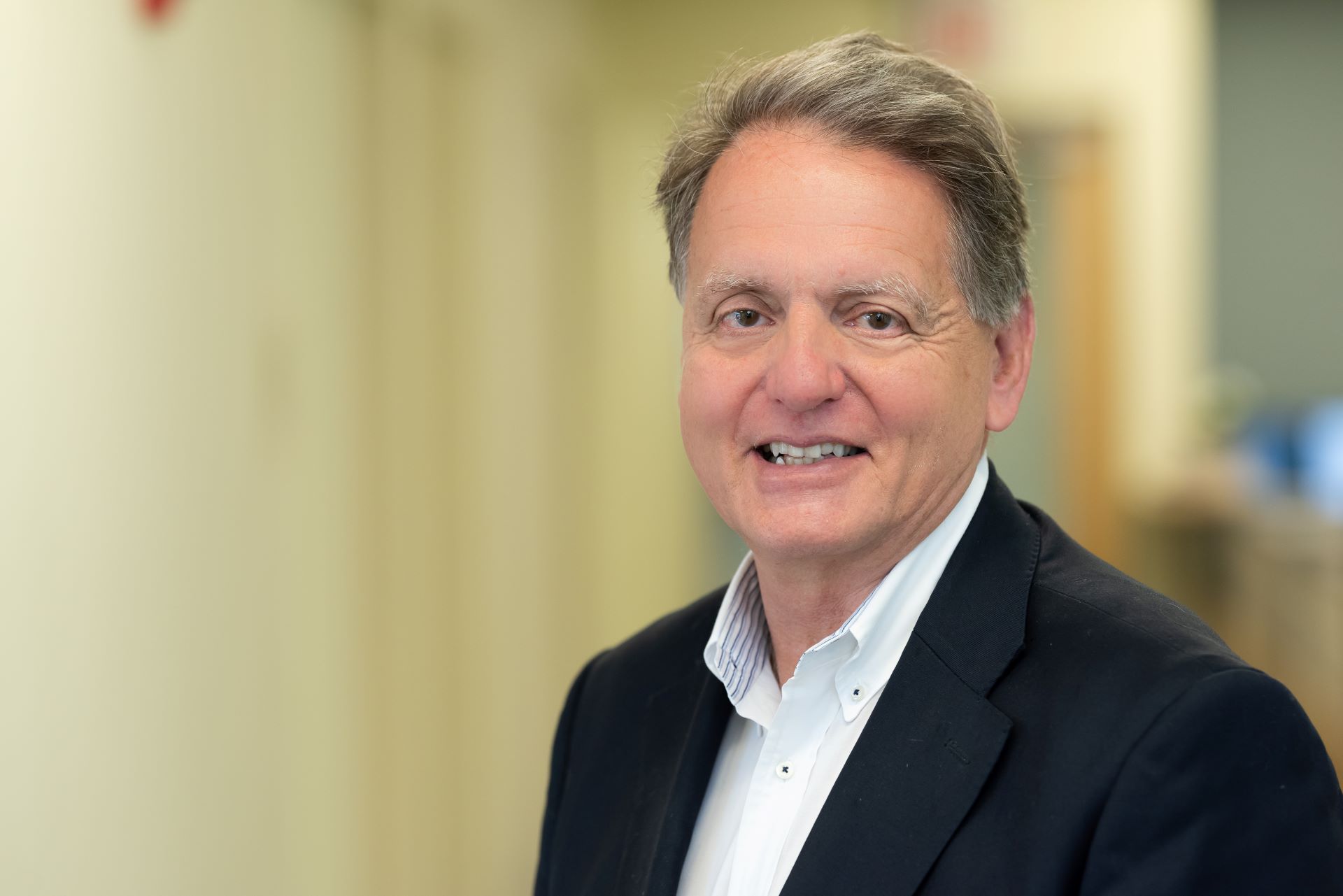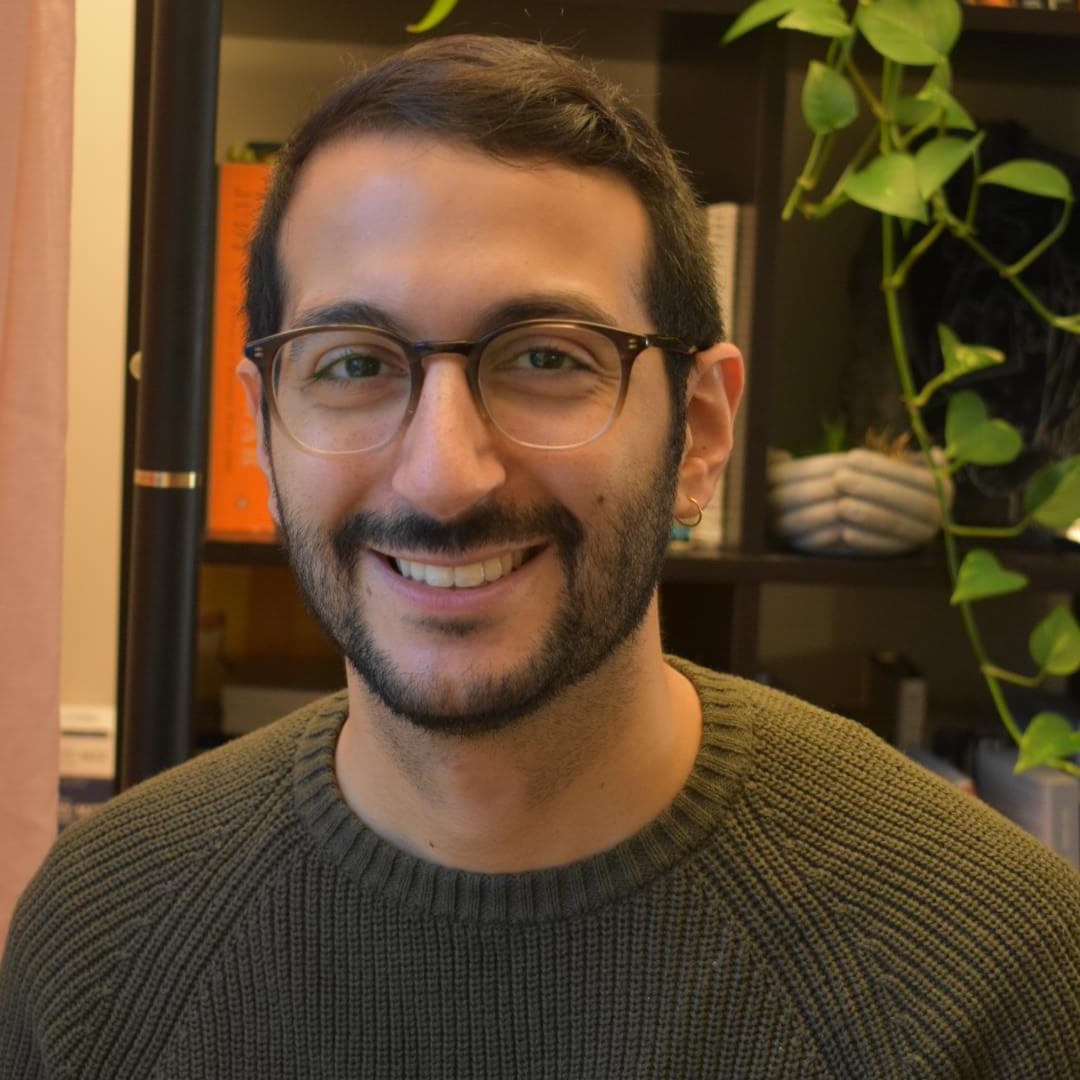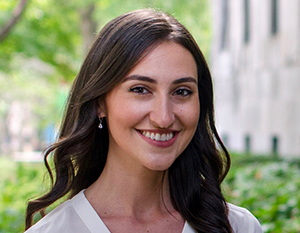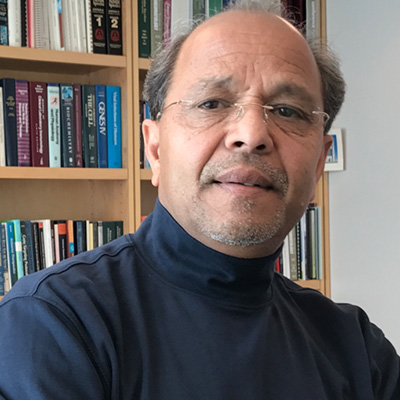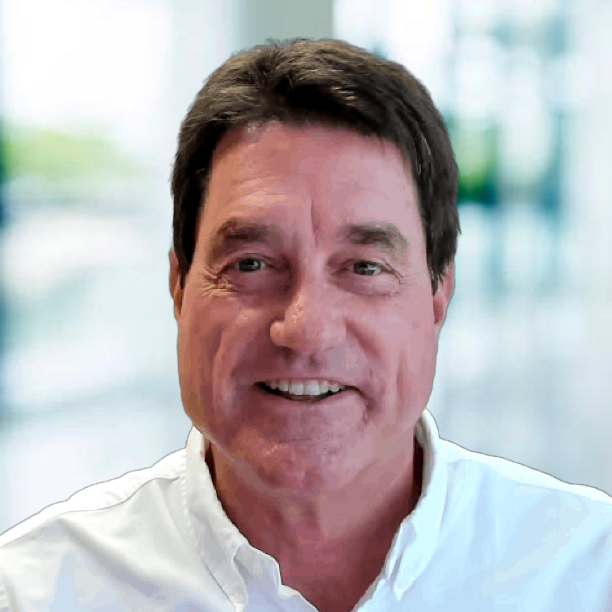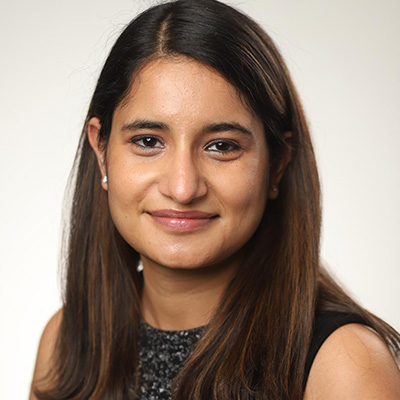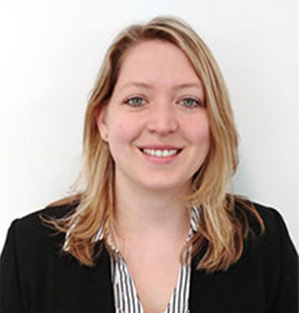
Looking for something?

Jessica Rouge, Ph.D.,
Assistant Professor
Chemistry Department
University of Connecticut
How did you become interested in the field of oligonucleotides?
One day I participated in a weekend biotechnology class at a community college that was designed for high school students where I ran a gel and learned about DNA – I was pretty much hooked from then on….later on I began work as an undergrad at Boston College in the lab of Shana Kelley (now at Univ of Toronto) where I learned about DNA and how to interface it with nanomaterials. It wasn’t until I was a postdoc at Northwestern in Chad Mirkin’s lab that I began to really think about nucleic acids as a therapeutic agent. That’s when my interest in nucleic acids moved from biomolecule to therapeutics.
Who were your early mentors?
So many! I was fortunate enough to have Bruce Eaton as my PhD advisor during my time at University of Colorado who taught me how to run an in vitro selection to isolate RNA aptamers. Having him as a mentor was incredibly educational as it taught me how to navigate the complexities of designing and executing complicated selections and how to study the RNA that are isolated from such experiments. However, my earliest mentor was the instructor of the high school Biotechnology weekend class I mentioned, run by Dr. Rosa Gambier. She really inspired me to learn more about biochemistry and microbiology – she even let me work in the lab for a year on a project when I was 16 which left a big impression on me. My parents would bring me by after school several days a week on afternoons when I didn’t have tennis practice to learn how to transfect yeast cells with plasmids. I also had mentors at Stony Brook University, including Dr. Miriam Rafailovich and Dr. Peter Spellane (now CUNY), who taught me about nanomaterials through a high school summer program that focused on materials science. Amazingly I still work with DNA and nanomaterials to this day which I can directly attribute to these early inspirational experiences and their mentorship in the lab. Because of the impact this had on me I now run a number of high school level science outreach events at UConn knowing that there may be one or two kids who decide to pursue research because of it!
How did you become involved in OTS?
I was recommended to attend these meetings by OTS members that came to the Drug Carriers in Medicine and Biology Gordon Conference. Once I went to my first meeting in Montreal I was really excited to get exposure to the critical challenges facing nucleic acid delivery and its promise as a therapeutic. As I had been trained more in the fundamental design and in vitro selection of catalytic nucleic acids, their application to medicine was still new to me. So in the last few years, transitioning my work towards the applied, therapeutic side has been an amazing learning experience. OTS is consistently a meeting where I can hear from the experts in the field what the latest advances are and what the outstanding challenges are so that we can go back to the lab and try to design new chemistries that can help address those challenges.
Why do you continue to support the OTS?
Much like my response to the previous question- I think it is a great meeting with a great goal – to be able to bring everyone working to move oligonucleotides into the clinic together and make sure that we can all benefit from knowing what works and what doesn’t work. I’ve also met new collaborators at these meetings and one of my favorite aspects is seeing members of the FDA and other agencies at these meetings as therapeutic oligonucleotides are still quite new. Its exciting to watch the dialogue that is occurring between the regulators and the research scientists to ensure that they can work together to make the best treatments.
What is special about the type of research/work you’ve done?
I believe our work is unique in many ways because of the interdisciplinary nature of our work. During my post doc I learned about how nucleic acids behave in completely different ways when they are interfaced with nanomaterials. From there, my own group is trying to use 3 dimensional assemblies and sterics in addition to chemical modifications to optimize the endosomal escape process of nucleic acids which is a huge barrier to maximizing the activity of therapeutic nucleic acids. We are also developing hybrid materials that respond to their local environment to control their release from nanomaterials so that they are less likely to become active in areas that you do not wish to release nucleic acids in. So, in these ways, I feel we have a unique angle that we bring to the table on how to think about delivering nucleic acids and we are excited to study these materials in biological systems.
What do you like to do in your free time?
Although there is very little free time as an Assistant Professor, I love traveling to new places. My husband and I try to plan a new place to visit each year if possible. I also love to play piano…again, when/if there is time!
Any other fun facts/tidbits you’d like us to know?
I was an NCAA varsity rower for a while in college – which meant I had to be at practice at 4:45am on the Charles River 6 days a week and make it back to campus on time for my organic chemistry class that started at 8:30am.


